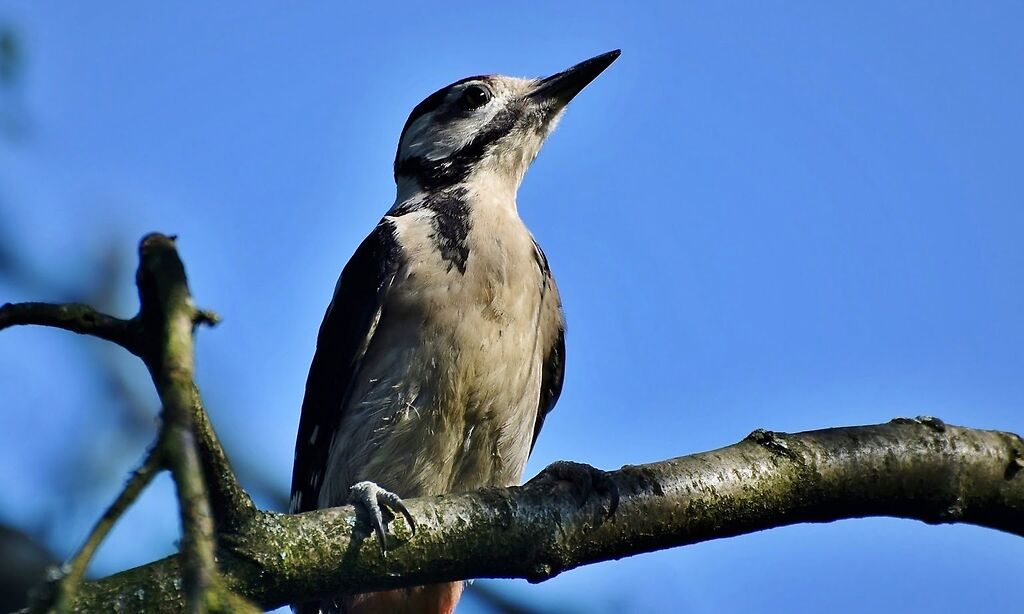What Kind of Damage Can Woodpeckers Cause?

Texas is one of the worst hit areas when it comes to woodpecker damage, but different species of these birds are found right across the United States. Out of the 22 different species recorded, country-wide, 16 of them are found in Texas, and this is backed up by the damage the birds leave behind.
There are generally only three reasons why a woodpecker would peck:
- Drumming: This is generally performed by a male who is marking out his territory to another male. The breeding seasons will bring the loudest noises, in spring and into early summer. Thankfully, as annoying as this sound is, it’s a short-lived commotion. The other male normally gets the hint quite quickly and moves along, causing the drumming to desist.
- Foraging: One of the reasons why woodpeckers peck is to find food. Homeowners will assume that this is the reason that many birds are pecking on their homes, but this is not often the case. Unless there is an insect infestation in the space they are banging, such as bees or flies, the pecking is almost always caused by something else, such as drumming, or our next point …
- Chiseling: Also known as ‘excavating,' this is the process in which a woodpecker would build a nest. They first start by making a crevice in the wood, starting with a hole before entering into a cave that normally drops down into the center of the tree trunk. This is actually the most common reason why woodpeckers peck, particularly if they are constantly seen working on the same patch.
As you can imagine, this hole-creating can wreak havoc on a building, and even more so when the building has a wooden foundation. The holes can affect the structural integrity, as well as leading the path for other animals. Homeowners have noticed woodpeckers leaving holes that are then big enough for a larger animal, such as a raccoon, to climb through. Essentially, what these birds are doing is opening the door to your home for any other animal who dares to pass by. You also need to remember that rats and mice need only the tiniest holes to squeeze through. In the case of a mouse, it needs to only be about the size of a quarter for an adult, and even smaller for a juvenile.
On wooden buildings, the woodpeckers can actually keep pecking, right until they get into the building itself. Wiring and plumbing can become damaged in the process, and that's even more so the case when other animals join the party. Rats are well known to chew everything in their wake, and not even drywall is effective at keeping them out.
If you spot a woodpecker, pay close to attention to where the bird is paying attention to. That might lead you to a nesting spot, and if that's the case, it's time to take preventative measures. Prevention is better than cure, as they say, and with wild animals, that's most definitely the case. The amount of damage they can cause is exhaustive, and they often lead to other animals too.
Perhaps it’s time to inspect the exterior of your home for any signs of damage?
